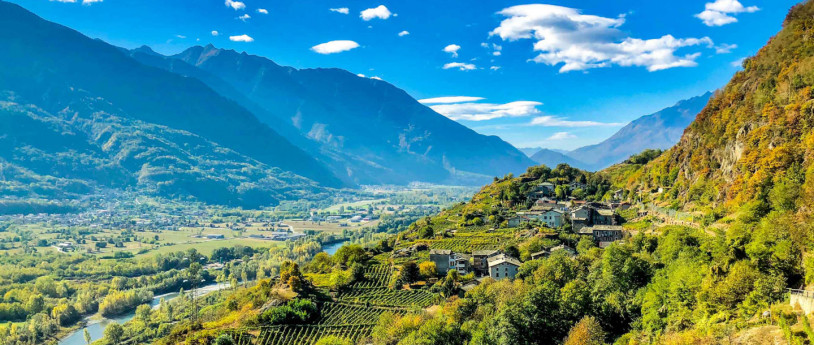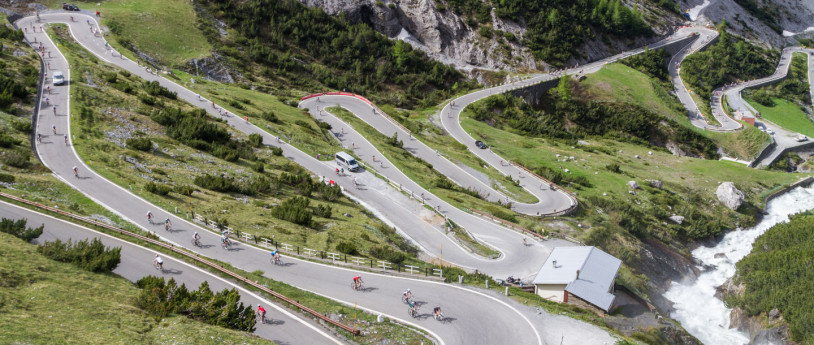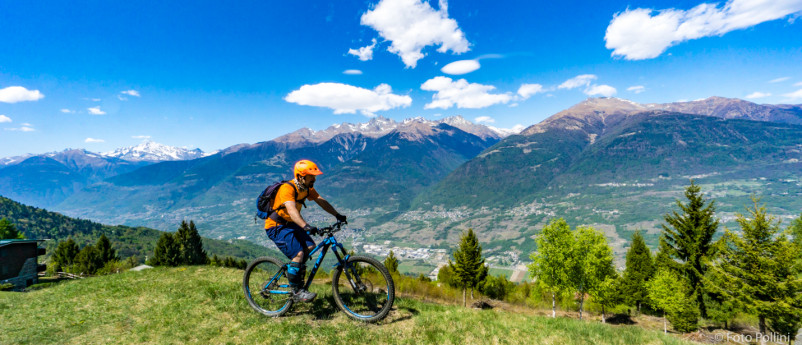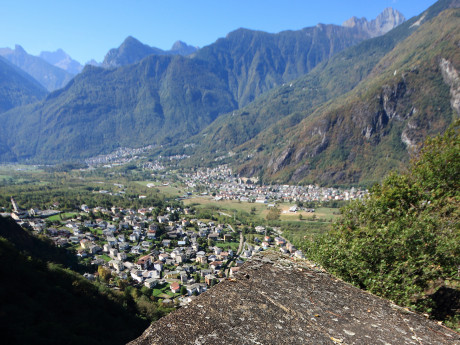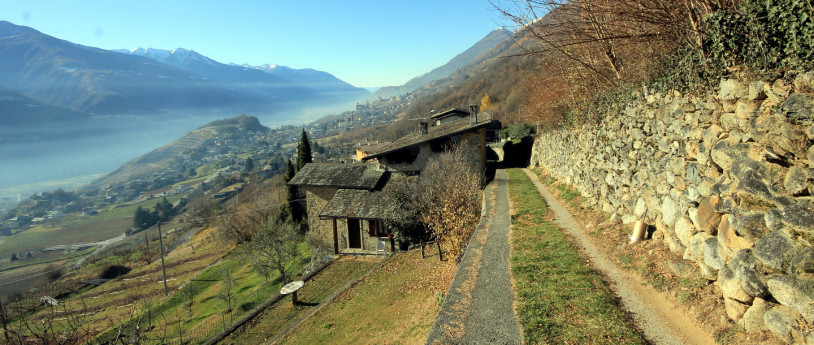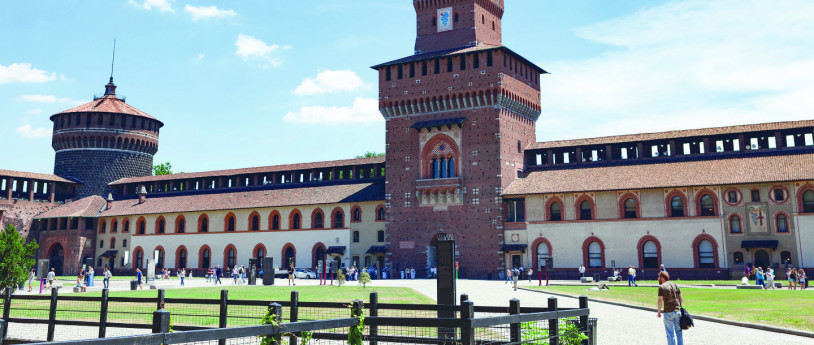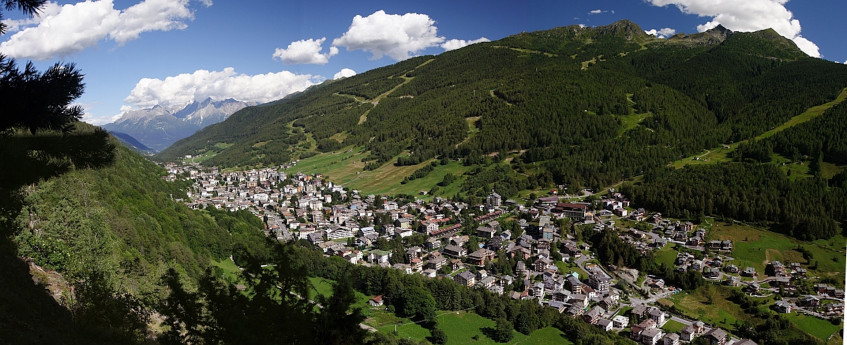Snow Tubing in Lombardy
Snow Tubing is a sport practised on the snow, using inflatable inner tubes. It is fun for everyone, above all, children. You go up to the top of the slope on a travelator lift and then come down at great speed, sliding over the snow on board circular rubber inner tubes that are hard to control. The free descent is unpredictable, and there are endless tube directions and positions. In Lombardy, there are several resorts where you can enjoy Snow Tubing: the best known of these include Livigno, in the resort of Mottolino with the Percorso Yepi play park, and Bormio, both in Valtellina. The Fantaski park in Ponte di Legno-Tonale Pass, in Valle Camonica, offers a range of dedicated slopes, like Pian delle Betulle, Valmalenco and the ski area of Presolana-Monte Pora in the province of Bergamo, all ideal destinations for a day out with plenty of fun. These resorts, with their hospitality and tourist services, are great for family holidays on the snow, where as well as classic winter sports, younger guests can enjoy the new thrill of Snow Tubing. Snow Tubing for younger visitors to Valtellina In Bormio, Snow Tubing is an experience that older and younger visitors alike are sure to love. It combines the carefree fun of play with the adrenaline rush of the descent. Near the Bormio-Bormio 2000 gondola lift there is a large, sunny area that becomes a small winter village where fun is guaranteed: colourful inflatables, slopes for rubber tube descents, and areas dedicated to those wanting simply to relax and enjoy a family day out. Fun for all ages. The play areas and learning pistes offer everyone the opportunity for problem-free mountain fun, alternating sport and play in a setting with spectacular views and the authentic atmosphere of Upper Valtellina.



